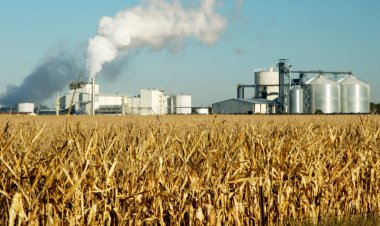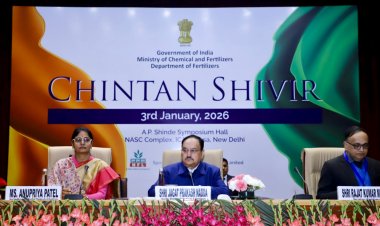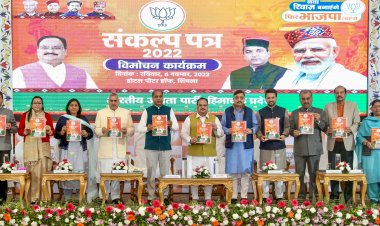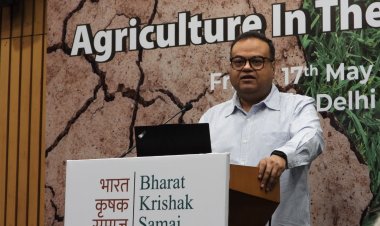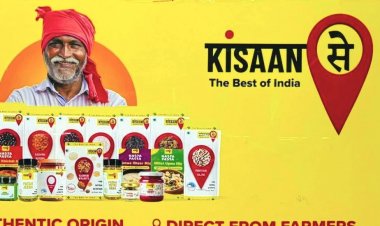Ethanol, the solution to India’s fuel demand
Arcus Policy Research has assessed raw material availability in its just-released report titled ‘Ethanol Blending of Petrol in India’. The report, released by Niti Aayog member Prof. Ramesh Chand, points out that the global geopolitical crisis and ongoing climate change are two of the most compelling factors driving policy decisions the world over. The dual threats have highlighted the urgent need for countries to become food and energy secure.
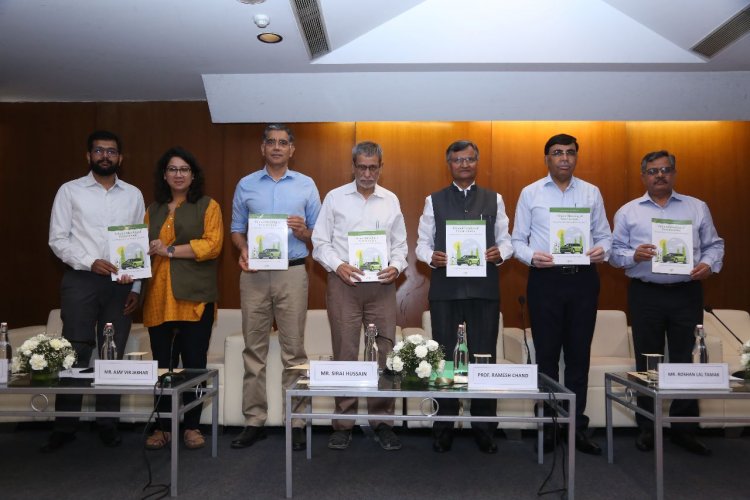
India’s fuel demand is growing and so is its crude oil import bill. In 2021-22, the country imported crude oil worth USD 120 billion, which met about 86 per cent of its total demand for petroleum products (PPAC). With increasing volatility in global crude oil prices and its impact on India’s energy security, the Government of India has been trying to reduce its dependence on imported crude oil. One of the ways identified was to promote biofuels, especially by blending of ethanol with petrol.
Against this backdrop, Arcus Policy Research has assessed raw material availability in its just-released report titled ‘Ethanol Blending of Petrol in India’. The report, released by Niti Aayog member Prof. Ramesh Chand, points out that global geopolitical crisis and ongoing climate change are two of the most compelling factors driving policy decisions world over. The dual threats have highlighted the urgent need for countries to become food and energy secure.
India, as per the IMF, is likely to remain the fastest growing major economy in the world in 2024. In 2023, India surpassed China to become the world’s most populous country. By producing enough surpluses of its staple crops of rice and wheat, the country appears to have achieved food security at the macro level, although widespread malnutrition and deprivation continues to haunt the country’s micro level. The country has been meeting about 86 percent of its energy needs via imported fuels (PPAC). With pressures from climate change and risks from growing geopolitical tensions, every country, including India, is looking for ways to improve both food and energy security.
Also Read This: India AgriFoodTech Investment Report marks 33pc YoY fall
Ethanol sits at the cusp of both: it impacts both and is, in turn, impacted by both. Crop surpluses, when generated in the system, can be diverted to produce ethanol. This improves avenues of sale for farmers, pulling up their value realization and augmenting their incomes. By substituting fuel, ethanol reduces a country’s dependence on imported fuel, the report notes.
Suggesting land planning and reviving fallow land, it said that for its agriculture sector, India needs strategic land planning. This is because India has been losing its arable land while fallow lands have been expanding. In 40 years between 1978-79 and 2018-19, the country lost about 5 million hectares of arable land. During the same time, the country’s fallow land (land that has been away from cultivation for more than 1 year but less than 5 years) increased by about 4.3 million hectares. Unless land planning is proactively undertaken by the governments, unhindered diversion of arable land towards crops for fuel would grow, further crowding out land for food crops. Can the government revive fallow lands and use them for sowing crops for fuel?
Diversion of water for fuel: Rice and sugarcane are two of the most important feedstocks for ethanol production and both are water-intensive crops. About 2500 litres of water are needed for producing one kilogram of rice, and about Ethanol Blending of Petrol in India about 2,100 litres are required for producing a kilogram of sugar. With close to half (about 48 per cent) of India’s gross cropped area unirrigated and rain-dependant, diverting scarce water to produce crops for fuels may not be the most optimal and desired outcome. Besides, sugarcane is also a large consumer of fertilisers, with huge environmental cost.
Three things, inter alia, are recommended in this regard:
- The government would do well to outline a threshold crop area and/or crop size that will be allowed for biofuel production.
- Invest in making both rice and sugarcane cultivation more resource-use efficient. Encouraging use of micro-irrigation techniques like drip irrigation and sprinklers will help, not just by improving crop yields but also by rationalising water usage in the cultivation process.
- Millets like sorghum, barley, etc., can be used to produce ethanol. These are already being utilised to produce spirits for potable alcohol.
The report says that it is also necessary to ensure the following:
- Educating consumers on the need for blending and helping them choose the right blended fuel for their vehicle.
- Ensuring appropriate disclosure of the blending level of available fuel and its prominent display at gas stations.
- Providing fuel options since not all states will be ready with vehicles to shift to high blended fuel.
- Providing incentives to consumers to shift to blended fuel given the vehicle efficiency losses with E20.
Besides, car manufacturing companies should encourage production of flex-fuel cars and spread awareness of their usefulness to consumers, the report said. Encourage 2G ethanol: Instead of producing ethanol directly from crops, the country would do well to encourage faster technological breakthroughs in the production of ethanol from agricultural waste, straws, stalks, etc.
The country can bypass the food vs. fuel debate and yet achieve its blending targets. Given the delay globally in finding these solutions, India can also emerge as a front runner in technology if it finds a commercially viable solution to use 2G technology for ethanol production, the report added.



 Join the RuralVoice whatsapp group
Join the RuralVoice whatsapp group


















